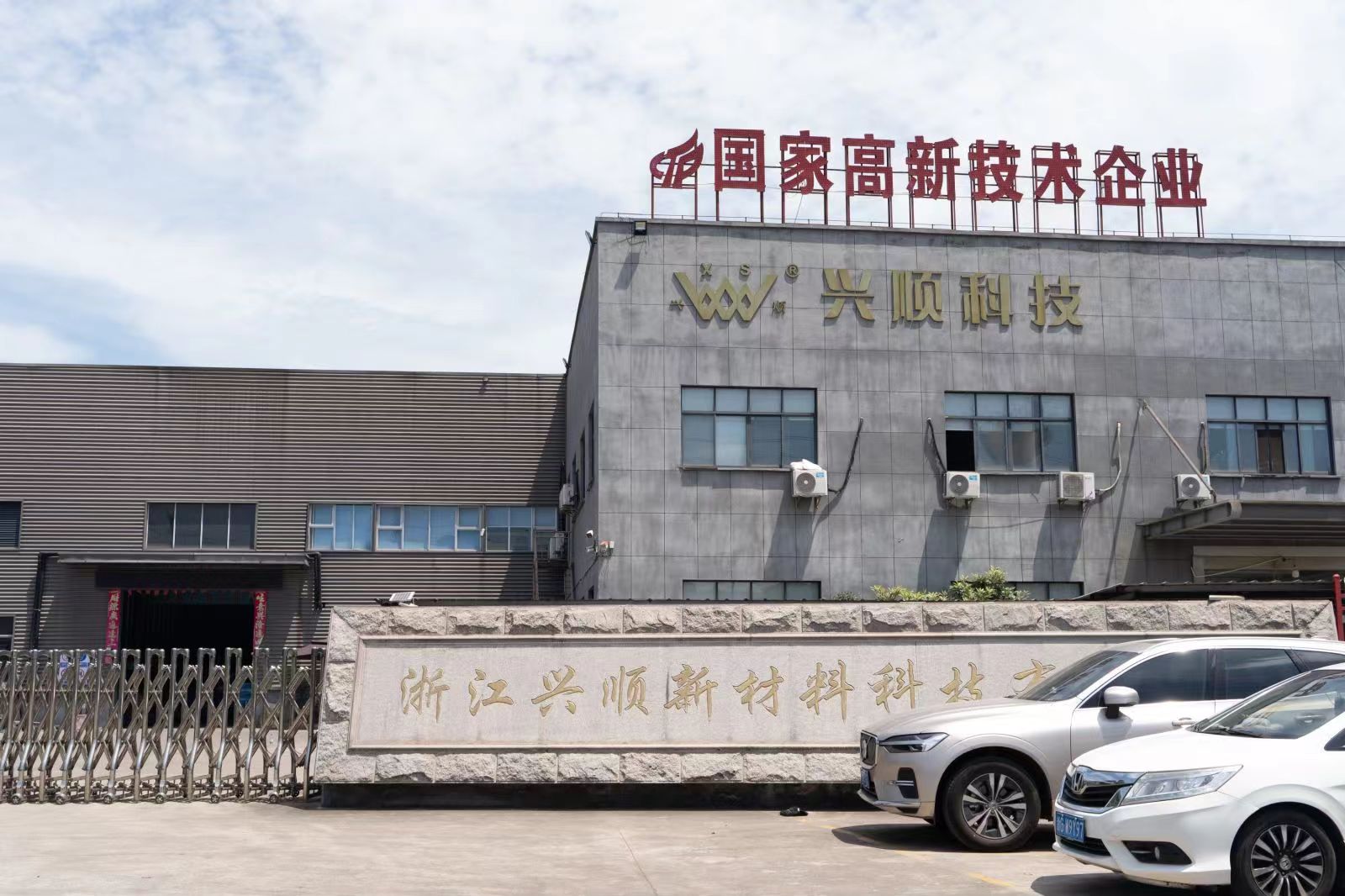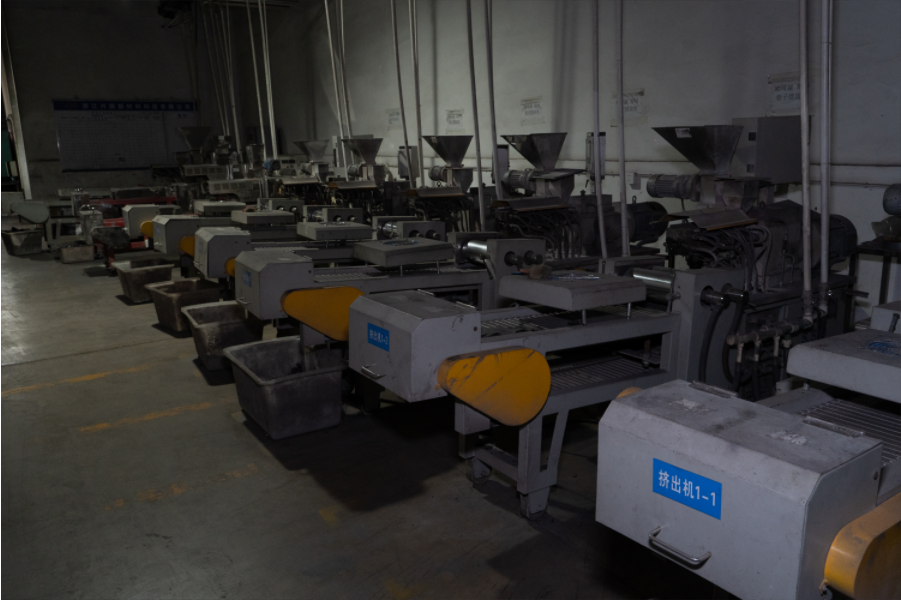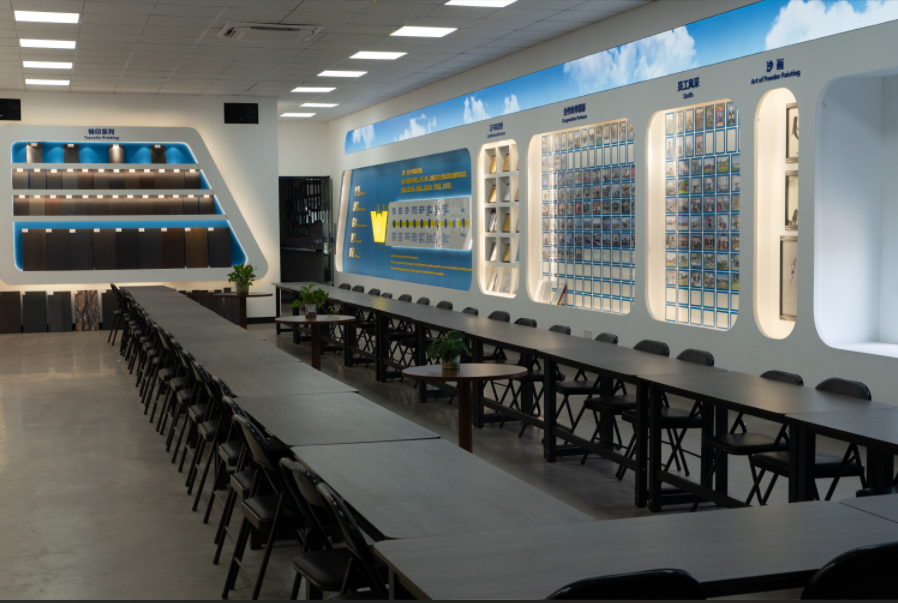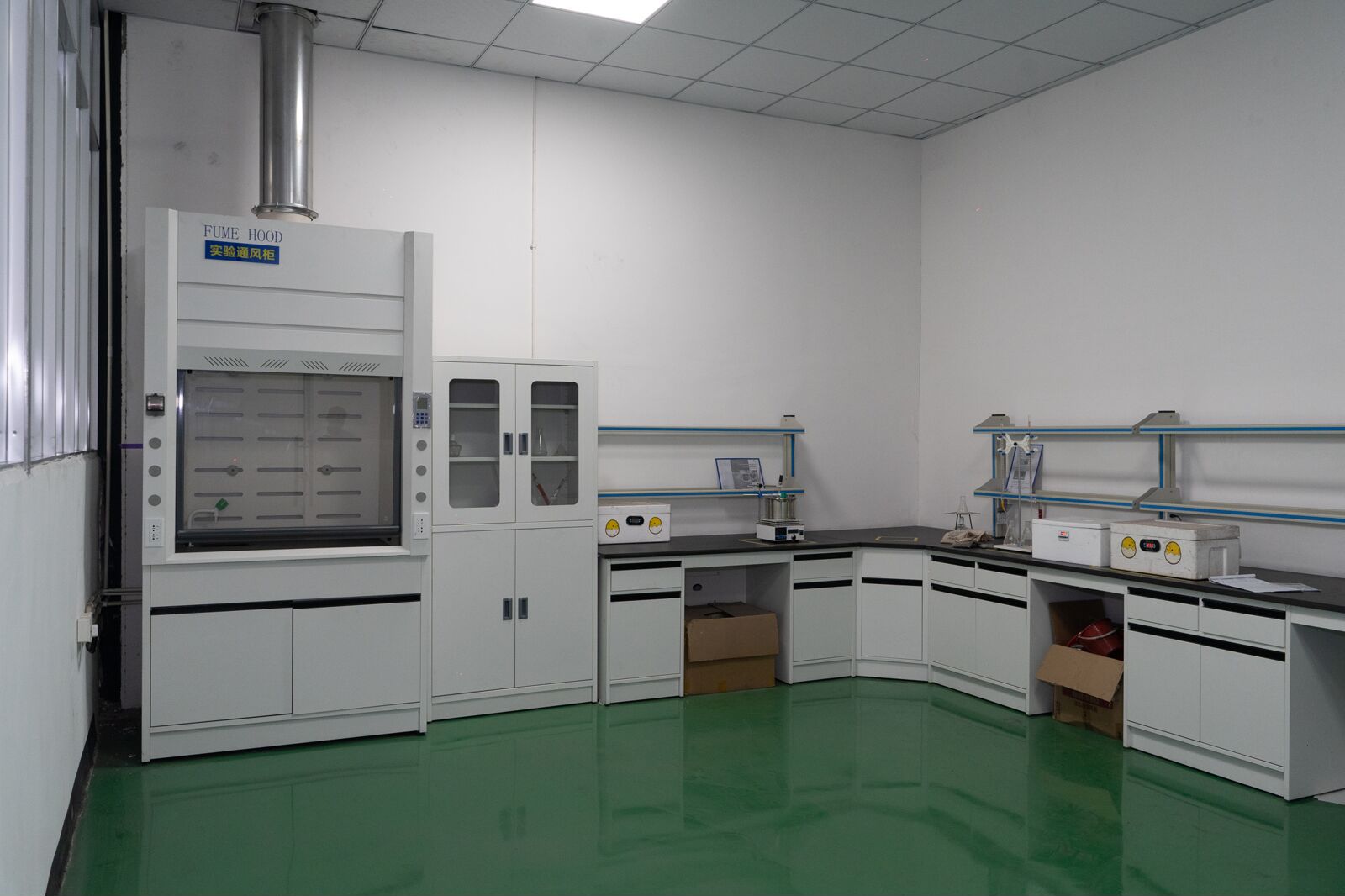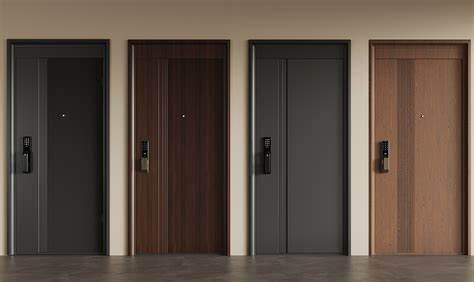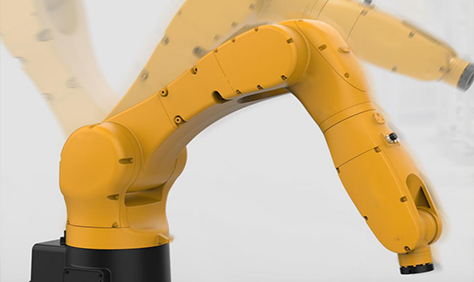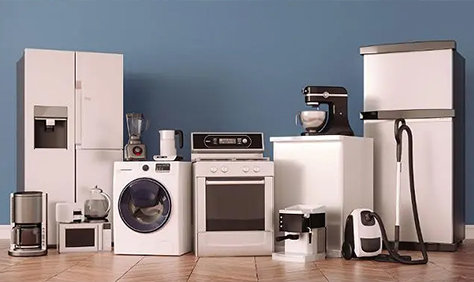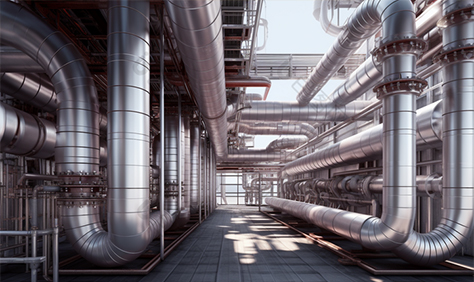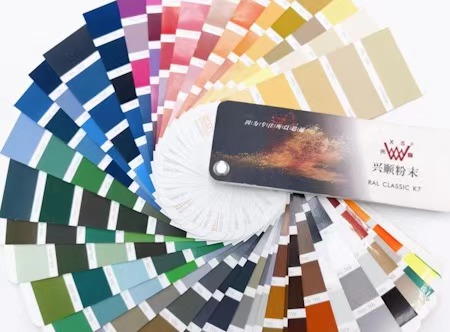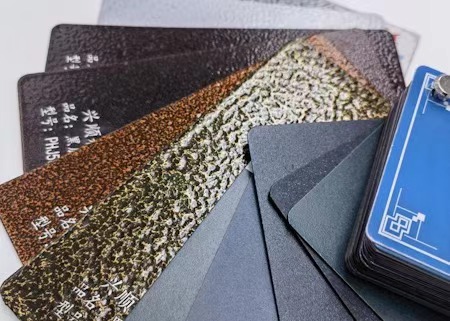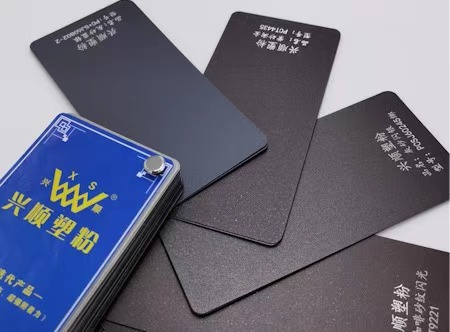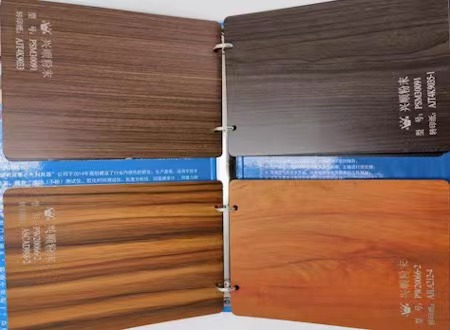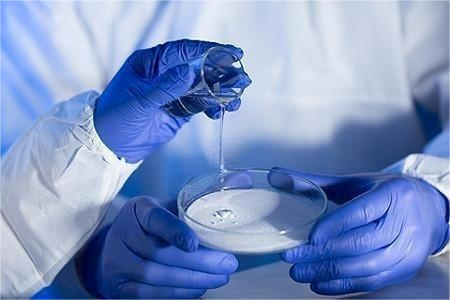What types of plastic powder can be divided into
Plastic powder is a thermosetting powder coating used for electrostatic spraying. Phenolic resin is also known as bakelite or bakelite powder. Originally colorless or yellow brown transparent material, it is often sold in the market in colors such as red, yellow, black, green, brown, blue, etc., with particles and powders. Resistant to weak acids and weak bases, capable of decomposing strong acids and corroding strong bases. Insoluble in organic solvents such as water, acetone, and alcohol. Phenol and formaldehyde shrink. It includes linear phenolic resin, thermosetting phenolic resin, and oil soluble phenolic resin. Mainly used in the production of compression molding powder, laminated plastics, varnish or insulation, corrosion-resistant coatings, daily necessities, decorations, sound insulation, thermal insulation materials, etc.

Plastic powder can generally be divided into thermoplastic and thermosetting, indoor powder and outdoor powder, high temperature resistant and low temperature curing powder.
1. Thermoplastic powder coating: The main formulas are polyethylene, polyethylene, polypropylene, nylon, etc.
Advantages: Good chemical resistance, toughness, and bendability, suitable for thick film coating.
The disadvantages are poor glossiness, leveling effect, and adhesion.
2. Thermosetting powder: formulated with epoxy resin, polyester resin, and acrylic resin.
The advantages are:; At room temperature, it does not soften or clump, has good mechanical dispersibility, and is easy to form a flat coating film.
3. Outdoor powder; Good antioxidant, UV resistant, acid alkali fog and rain resistant, and thermal expansion and contraction performance. Can be used for painting outdoor workpieces.
4. Indoor powder: has weaker performance than outdoor powder and can be used for indoor workpiece coating, with a relatively cheaper price.
5. High temperature resistant powder: able to withstand high temperatures of 200 degrees Celsius for a long time, the coating does not change color, and the physical and mechanical properties reach the allowable range.
6. Low temperature powder: can be flattened into a coating at a temperature of 80-150 degrees Celsius, and can be used for wood and plastic.

